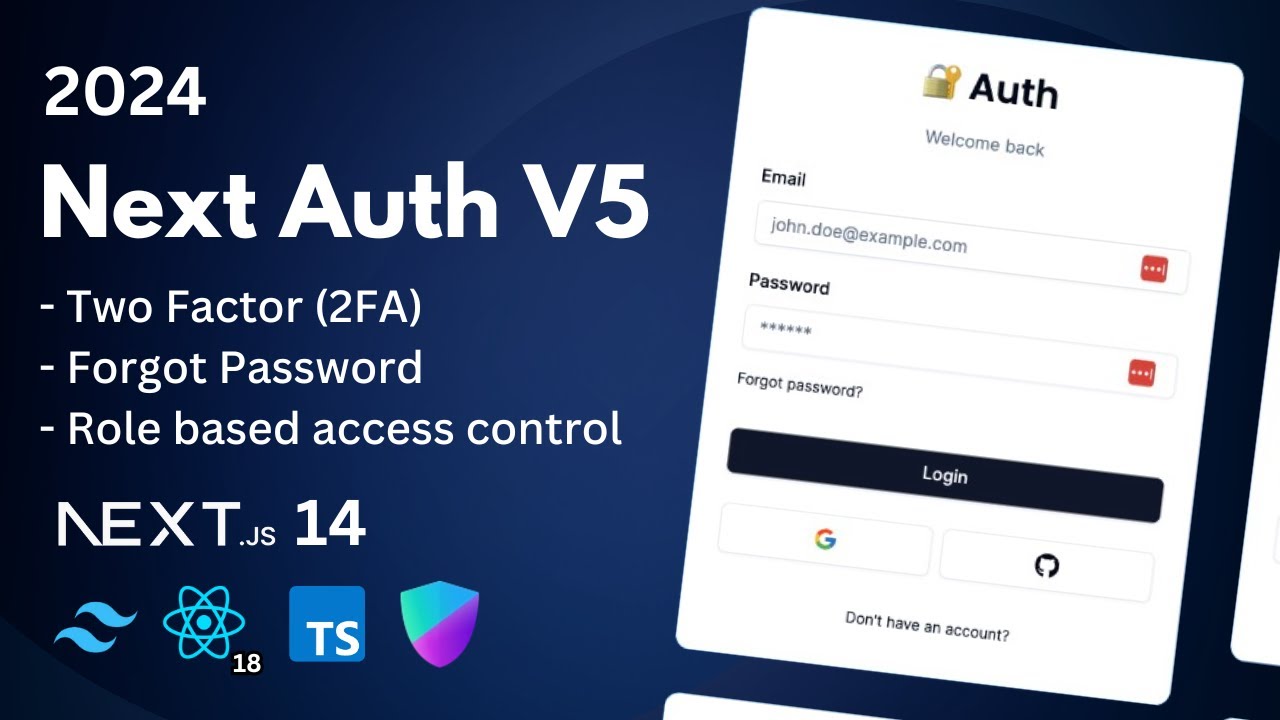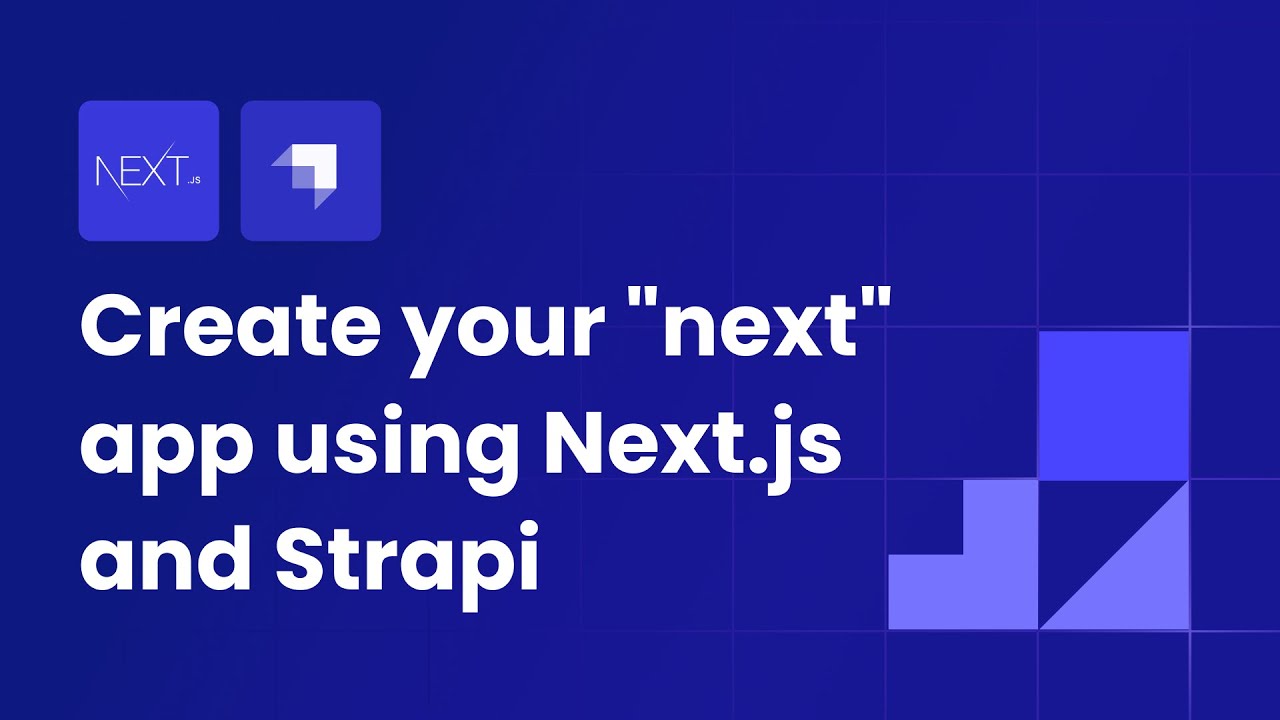JavaScript is a versatile and popular programming language that is primarily used for creating interactive and dynamic content on websites. It is a client-side scripting language, meaning it runs on the user's web browser rather than the web server. JavaScript allows developers to add functionality to web pages by manipulating the Document Object Model (DOM), which represents the structure of an HTML document. With JavaScript, you can dynamically modify and update elements on a web page, handle user events such as clicks and keyboard input, and communicate with web servers to fetch and send data asynchronously. One of the key features of JavaScript is its ability to create interactive user interfaces. It provides a wide range of built-in functions and libraries that simplify tasks such as form validation, animation, and data visualization. Additionally, JavaScript supports object-oriented programming (OOP) concepts, allowing developers to create reusable and modular code. JavaScript is supported by all modern web browsers, making it a widely adopted and standardized language. It has a large and active open-source community, which contributes to the development of frameworks and libraries that extend JavaScript's capabilities. In recent years, JavaScript has also gained popularity as a server-side language, thanks to the introduction of Node.js. Node.js allows developers to write JavaScript code that runs on the server, enabling them to build scalable and high-performance web applications. Overall, JavaScript is an essential technology for web development, enabling developers to create interactive and responsive websites that enhance the user experience. Its versatility, wide adoption, and continuous evolution make it a powerful tool for building modern web applications


